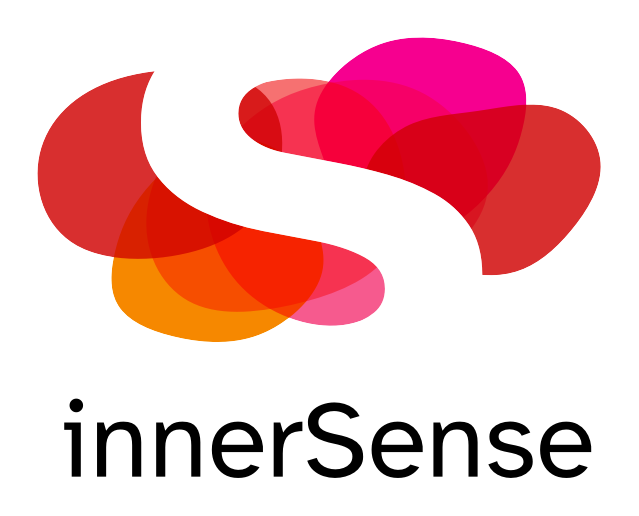Solution offers can vary widely despite involving the same product. For example, we drink sparkling wine in a different context than beer, although both are alcohol. One has different expectations of sparkling wine than one does of beer; it should be tingling, stimulating, invigorating, and special. One is in a certain “starting position” and the product is supposed to help create and manifest a certain mood. So it doesn’t make sense to make a blanket distinction between the champagne drinker and the beer drinker. Rather, one feels more like sparkling wine in certain situations and more like beer in others.
If you know what people are looking for in certain contexts, you can put together a consistent overall package: with the product itself, its design, as well as communication.
Our procedure
In order to understand all facets of product usage, we look at usage contexts and mood states in detail. Understanding mood states means taking an intensive look at everyday uses and having the before, during, and after described in depth and stretched.
Mood state analysis focuses on the concrete experience of use, not on the person as such. And it assumes that one and the same person in different moods and mind states can have quite different wants and needs—to which products provide answers. People’s behavior is more context-dependent than character-dependent.
This works particularly well in in-depth interviews, but as very experienced facilitators we can also perform mood state analyses in longer group discussions (3 or 4 hours). Certainly, there are limits here, as certain topics are embarrassing and difficult to discuss in public.
We should discuss the best approach on a case-by-case basis and determine the ideal research design together.

Our services
We are trained morphological depth psychologists who have additionally gained a lot of experience in the modern and digitally driven advertising and media industry.

Our toolkit
We are always curious, open to new things, to the possibilities offered by digitalization—without losing sight of the psychological core.
